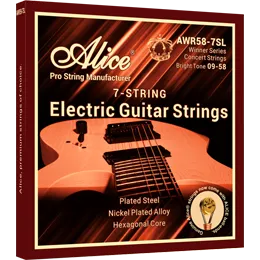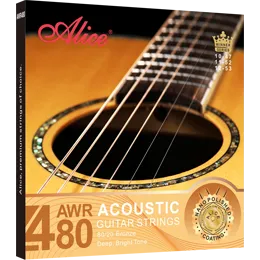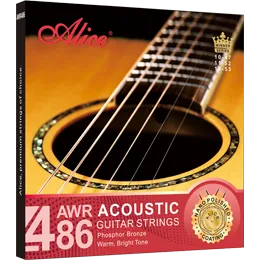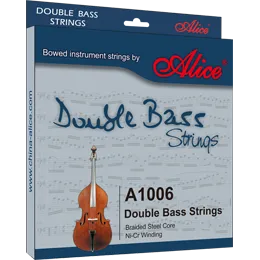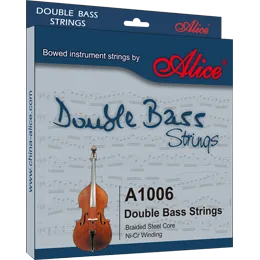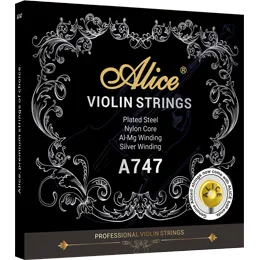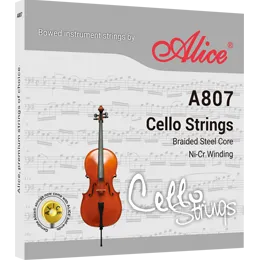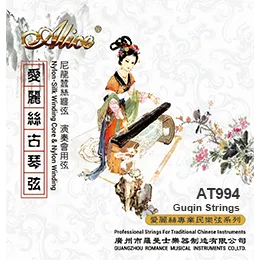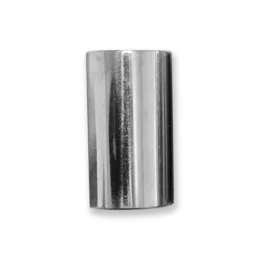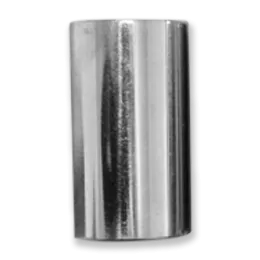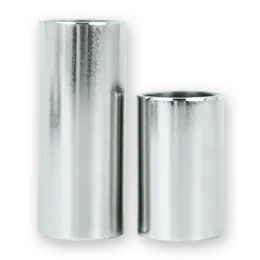Everything You Need to Know about Changing Guitar Strings
Changing guitar strings is an essential maintenance skill for guitarists. Guitar strings degrade over time, and the more you use them, the faster they degrade. For example, dirt, sweat, dead skin, and oils naturally present in your fingers can negatively affect guitar strings. As a result, the brightness fades away, and the tone fades into a dull. Fortunately, A fresh set of guitar strings will solve these problems.
But when to change the guitar strings, how often about changing guitar strings, and how to change guitar strings? This article will provide the ultimate guide about changing guitar strings.
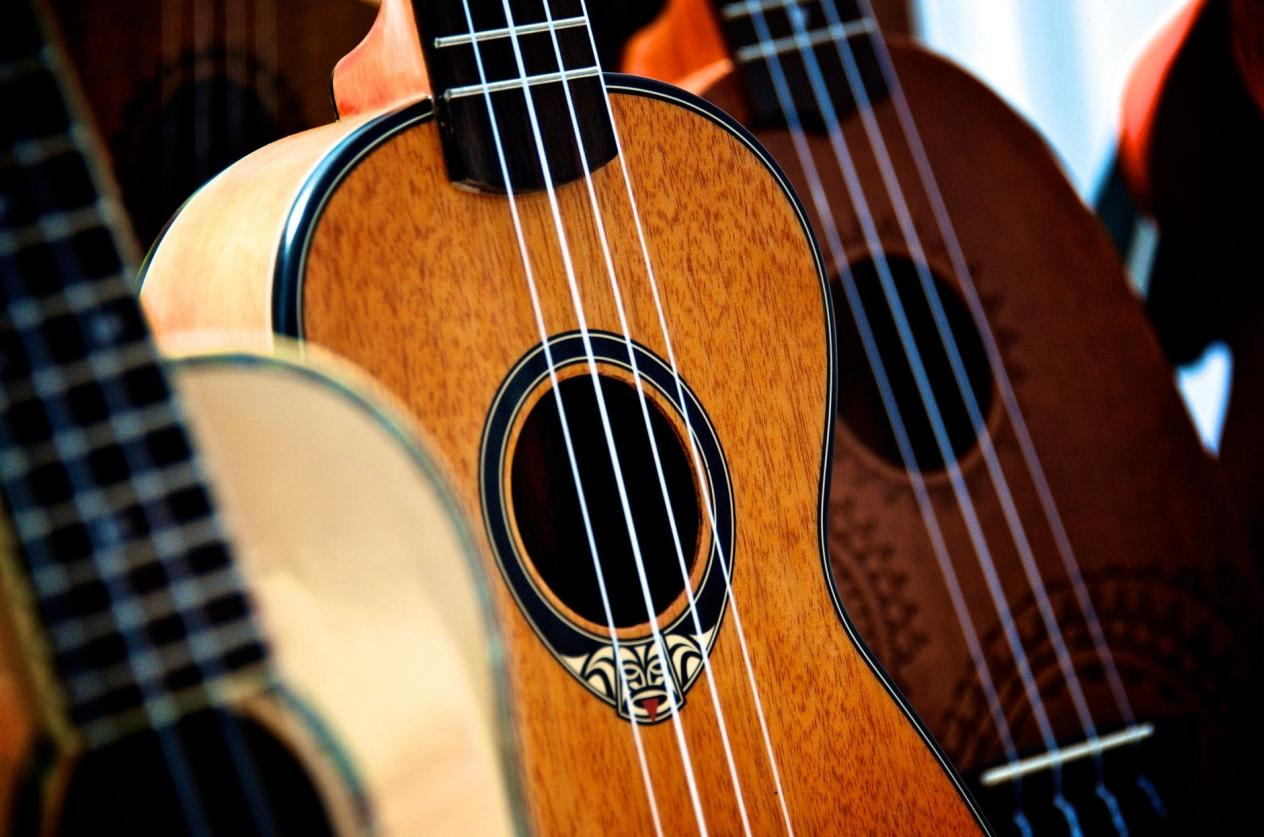
Signs of changing guitar strings
Breakage
Older guitar strings are more likely to break than new ones. Every time you put fingers on the strings, the strings will rub the frets. As a result, there will appear dents in the strings.
Winding problem
Over time, the winding will loosen and cause tuning and stability problems. If you find that the strings don't stay in tune, or you see some gaps in the winding of the strings, you should replace them.
Tuning issues
Worn and old strings can cause problems when tuning a guitar. Although tuning problems can be related to a bad tuner, warped neck, or improperly cut nut, old strings can't hold tune like a new set of strings.
Rust or discoloration
If you see severely discolored or rusted strings, it's only a matter of time before the strings break. Sweat, grease, and grime build up on the strings of your guitar every time you play. This buildup can corrode the strings. Even if you rarely play the guitar, moisture in the air can cause strings to corrode. In addition, corrupted strings can cut your fingers, especially if you slide a lot.
Dull tone
Unlike worn strings, new or unworn strings sound clear and crisp. For example, if you hear a noticeably dull sound when using sliding or power chords, which means you need to change the strings. A new set of strings will make the tone brighter and smoother to play.
Stiff strings
Unless you're playing a particularly heavy gauge, you can bend the strings effortlessly. If the strings become unusually stiff when you play, it means the strings are starting to rust.
Frequency of changing guitar strings
You should change the guitar strings at least once within 3 months or after 100 hours of use as a rule of thumb. The final frequency depends on the type of guitar strings you are using and their exposure to the environment. For example, some guitar strings are coated for longevity, while others are made of less durable materials, such as bronze, which oxidize more easily.
Steps of changing guitar strings
Getting ready to change strings on your guitar
1.Find a clean and quiet place
A clean area will reduce the possibility of missing any accessories. On the other hand, you need to tune your guitar without the noise.
2.Gather equipment
You will need a tuner, new strings, wire cutters, and a wire winder. But if you're an experienced musician who can tune instruments by ear, you don't need a tuner.
3.Balance the neck of the guitar
Use an instrument accessory to secure the neck of the guitar, or you can use something soft and curved, like a piece of polystyrene.
Changing guitar strings
1.Loosen the strings
Turn the tuning keys and feel the tension on each string loosen. Then loosen the string on the tuning post and remove it.
2.Cut the strings
Use the string cutter to cut each string above the soundhole. Under this condition, your hardware doesn't scratch the guitar's finish.
Remove the strings
In general, a bridge pin holds the strings in place (a bridge pin is a small peg on a guitar's bridge). Use the cable winder to remove the bridge pin. Most winders have a notch to remove the bridge pin without harming the guitar. Pull straight up while securing the bridge pin in the slot in the winder.
Note: Do not pull the bridge pin at one angle because this may break the bridge pin.
When you remove the string's ball-end from the bridge, make sure to put the bridge pin back into its hole.
Assemble new string
Each string package has a different name. If the strings cannot be identified, look at the numbers on the packaging: the higher the number, the thicker the strings.
Unwind the strings and place them on the work surface.
For example, take the low E string, place the ball head on the bridge pin, and bend the string slightly.
Then place the string's ball end into the hole where the low E string is.
Finally, press the bridge pins into the holes to secure the strings.
Repeat this process for all strings.
Extend the life of guitar strings
Fortunately, there are a few suggestions to extend the life of guitar strings:
1.First, always wash hands before playing. Otherwise, grease and dirt from fingers can transfer to and corrode the strings.
2.Second, carefully wipe the strings before and after playing to prevent corrosion.
3.Finally, invest in better quality strings. While better guitar strings are more expensive, they will last longer.
Why choose Alice Strings

Give sound charm and make music magical.
Alice Strings was established in 1999. After 20 years of development, the company has become one of the most influential musical instrument strings and accessories manufacturers around the globe.
We offer over 2000 different ranges of products to suit the needs of music lovers. In addition, with the full implementation of the ISO9001:2015 standard, the entire process from raw materials to finished products and packaging products is strictly monitored.
The Alice Strings include Silver Plated 90/10 Bronze Wound, Silver Plated 85/15 Bronze Wound, Alice AWR Series, etc. On the other hand, we have nine types of Acoustic Guitar Strings, including Phosphor Bronze Wound, Nickel Plated Phosphor Bronze Wound, 85/15 Bronze Wound, etc.
If you are looking for a reliable manufacturer, contact us.
Relate News
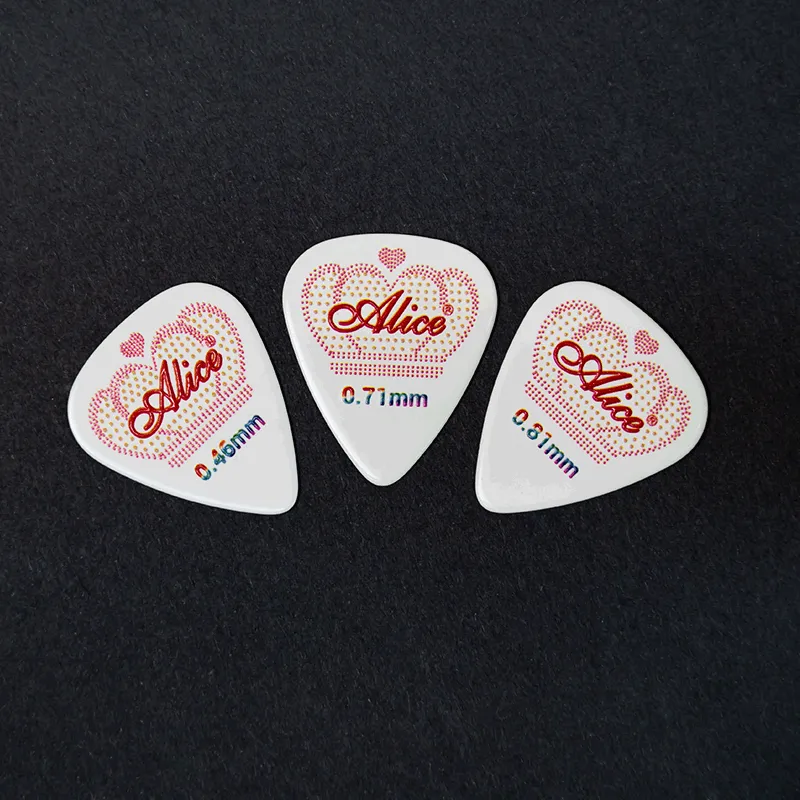

Electric Guitar Strings Gauge Chart: A Complete Guide for Guitarists

What Are Violin Strings Made Of?
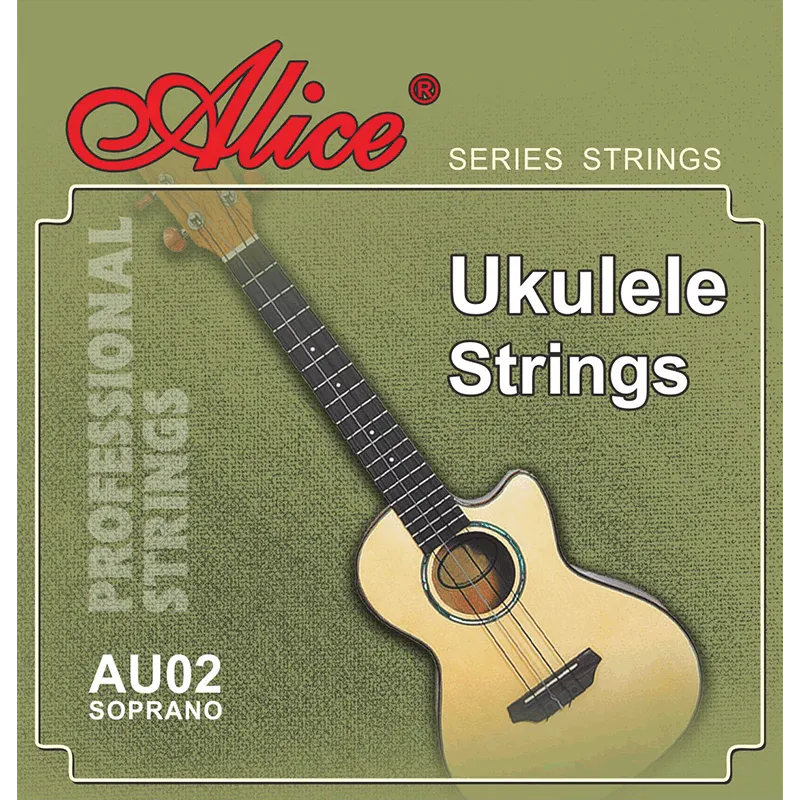
Folk Instrument Strings: Types, Materials & How to Choose the Right Set
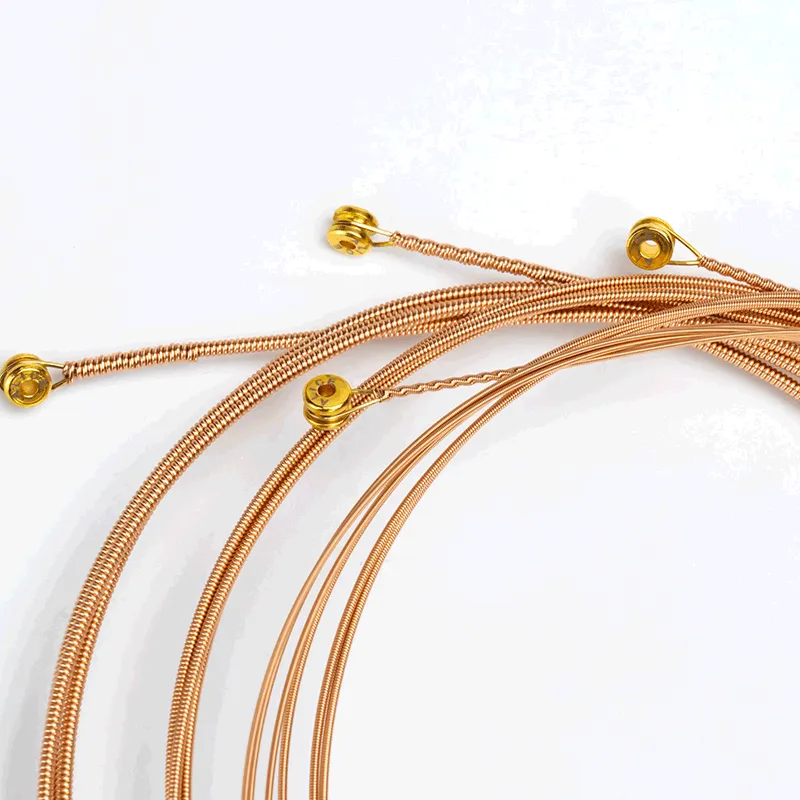
Which Acoustic Guitar Strings Fit Different Music Styles Best?

Common Guitar String Problems: How to Fix Tuning Issues, Rust, and String Breakage

Complete Guide to Guitar String Materials: Which One Is Right for You?
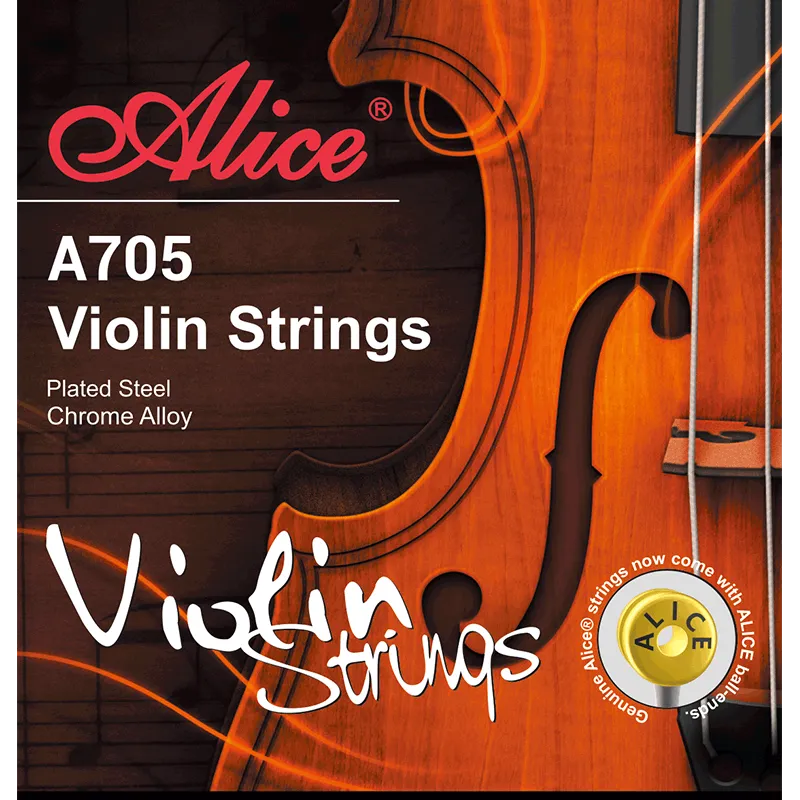
The Complete Guide to Orchestral Strings: Everything You Need to Know
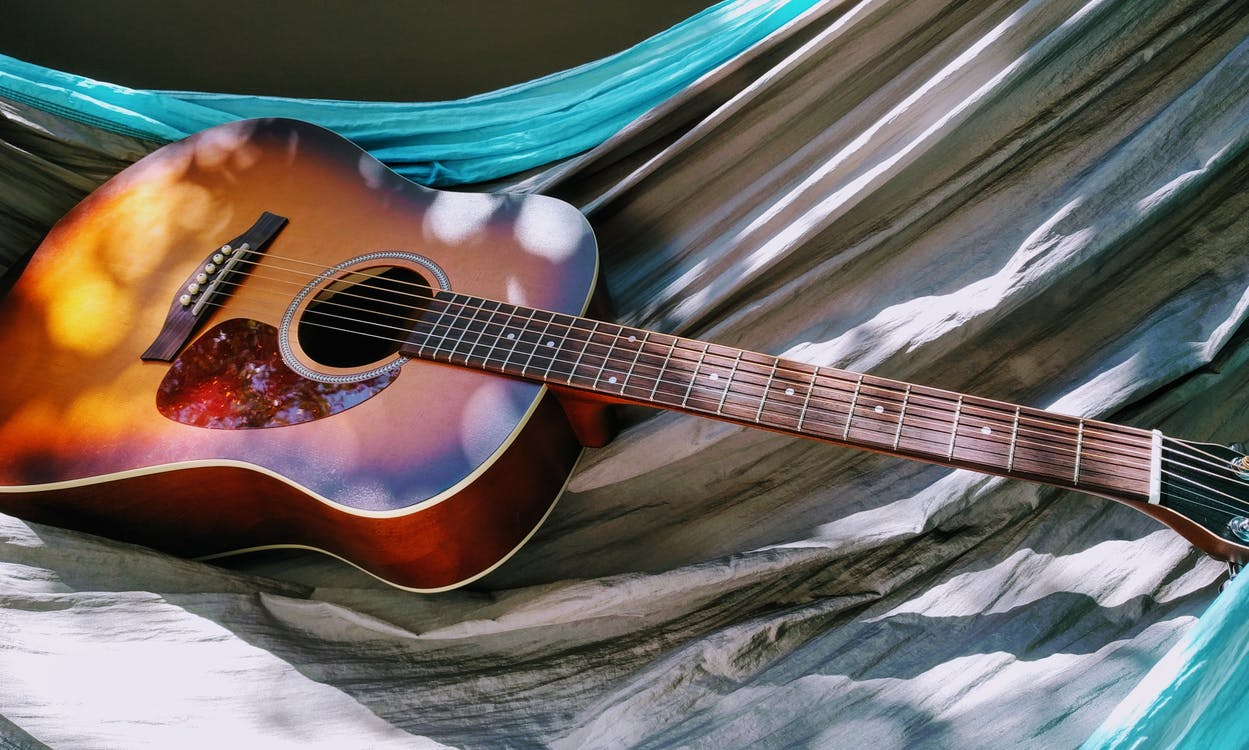
Inside the Craftsmanship: The Manufacturing Process of Guitar Strings

Wholesale Guitar String Purchasing: A Practical Guide for Retailers and Distributors
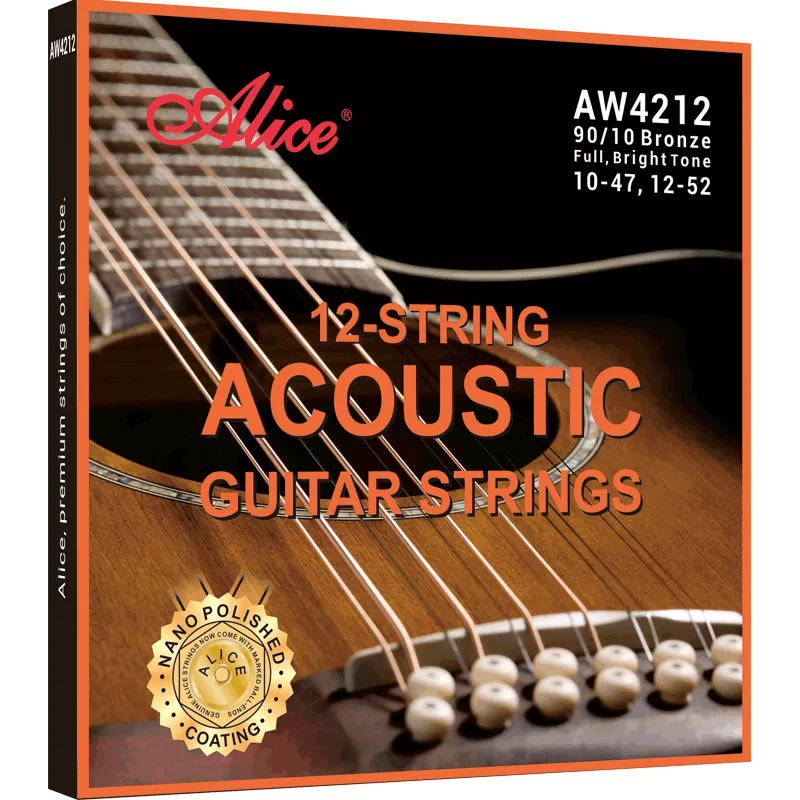
How to Choose the Right Guitar String Models for Export Markets



